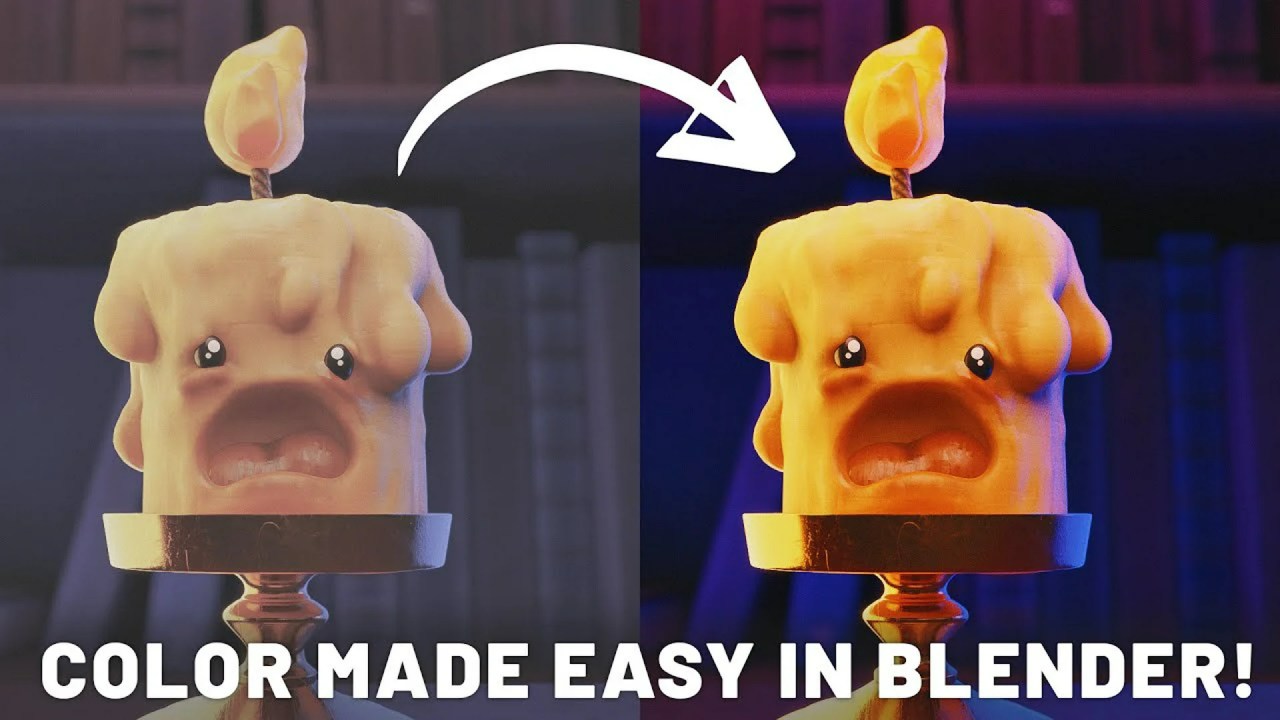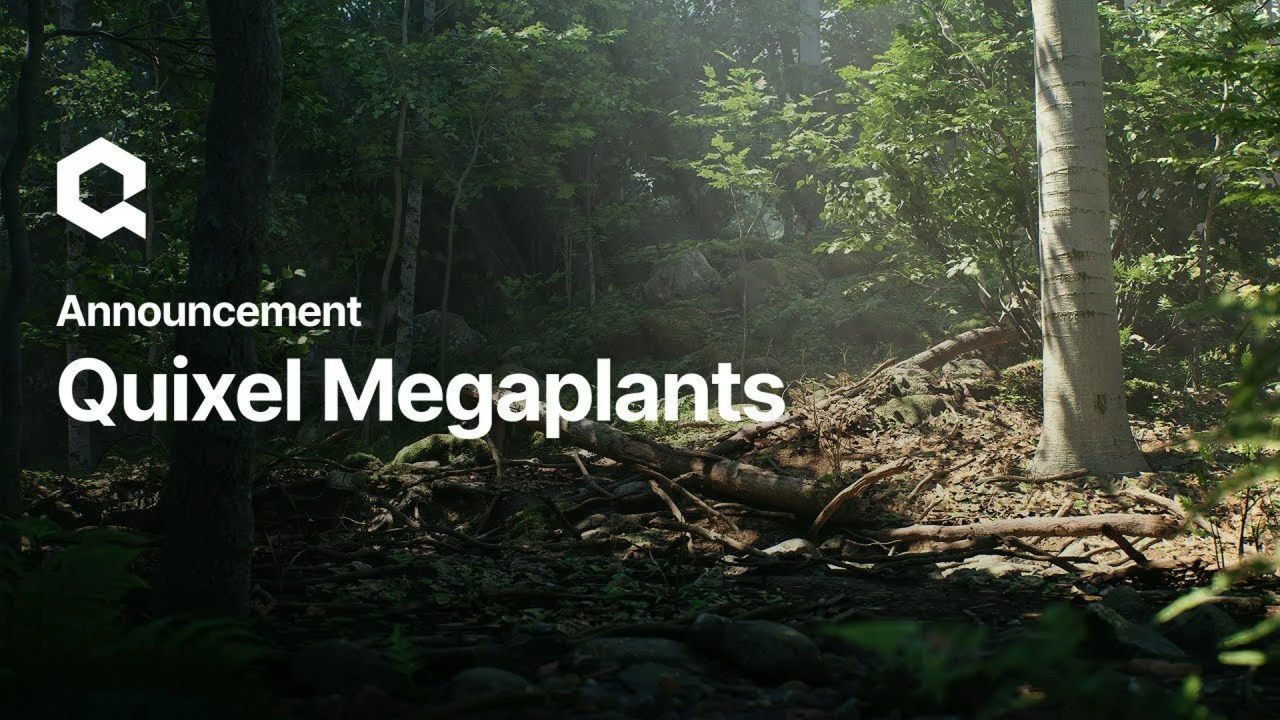Many artists misunderstand Path Tracing’s immense power. Expert creator TUF unveils five crucial facts—from its non-real-time physics simulation to its Hollywood heritage—proving why it delivers unparalleled photorealism and cinematic accuracy.
If you aim for film-quality realism in your production projects, Path Tracing is often considered the gold standard in high-end computer graphics. However, expert creator TUF (The Unreal Forge) notes that many users still misunderstand how this powerful feature operates behind the scenes in Unreal Engine.
In his latest tutorial, TUF shares five fundamental facts about Path Tracing that will shift how you approach high-end rendering, demonstrating why this technique is far more than just another rendering option—it’s a full-on, accurate physics simulation.
5 Things You Didn’t Know About Path Tracing
Path tracing is the cornerstone of modern offline rendering. It is essentially an unbiased method, meaning given enough time (samples), it will converge to the mathematically correct solution for light transport, unlike real-time rasterization or biased global illumination methods. This dedication to accuracy is what truly separates it.
1. It Is Not Real-Time
First, let’s address the biggest misconception: Path tracing is not real-time. While systems like Lumen and regular ray tracing attempt to approximate realistic lighting quickly enough for live performance, path tracing pursues full physical accuracy. It calculates lighting by literally simulating hundreds or thousands of light paths bouncing around your scene. This rigorous, accurate process is why it is slower, but the payoff is hyper-realistic results that real-time methods simply cannot achieve.
2. Global Illumination Happens Automatically
This is perhaps the coolest feature for production artists: Path tracing handles global illumination (GI) naturally. Because it simulates light rays as they bounce, phenomena like indirect lighting, soft shadows, and color bleeding happen automatically based on pure physics. There is no need for hacks, light bakes, or complex GI settings. For example, in a forest scene, the light bouncing off green leaves naturally carries a subtle green tint onto the surrounding air and ground—an effect beautifully simulated by the path tracer.
3. Every Pixel is Built From Random Light Samples
If you’ve ever started a path-traced render, you know it looks incredibly noisy at first. This is because every pixel in the image is initially built from only a few random light paths (samples). As more samples are calculated over time, these random results average out into a super clean, realistic final image. More samples always mean cleaner results, but this directly increases render time.
4. It’s The Same Technology Used in Hollywood
Path tracing isn’t just a gaming technology; it is the industry standard for Cinematic rendering. Professional rendering engines like Arnold, V-Ray, and RenderMan all use path tracing to create ultra-realistic shots for major films and Pixar productions. While Hollywood studios render frames for hours, Unreal Engine strives to deliver comparable physical accuracy in minutes, a testament to its optimization.
5. It Ignores Most Real-Time Settings
Path tracing is such a pure simulation that it effectively ignores most of your established real-time settings. Things like Lumen, screen space reflections, or baked light maps simply don’t matter when the path tracer is active. It calculates everything from scratch and even uses its own unique material evaluation system, which is why your final scene will often look significantly different—and almost always much more realistic—when you flip the switch to Path Tracing.
Elevate Your Render Quality
Path tracing offers unparalleled physical accuracy and cinematic quality, pushing the boundaries of what is possible within the engine for high-end visualization and production work. While the core path tracing feature is included in Unreal Engine (which is free to use), TUF also offers advanced assets like his Chaos Dataflow, Master Material, and Rendering Preset for artists looking to streamline their workflow and achieve these results faster.
If you’re ready to dive deeper into the technical side of high-fidelity scenes, be sure to explore more articles on advanced Unreal Engine Lighting & Rendering and complex techniques for VFX & Simulation to perfect your craft.



